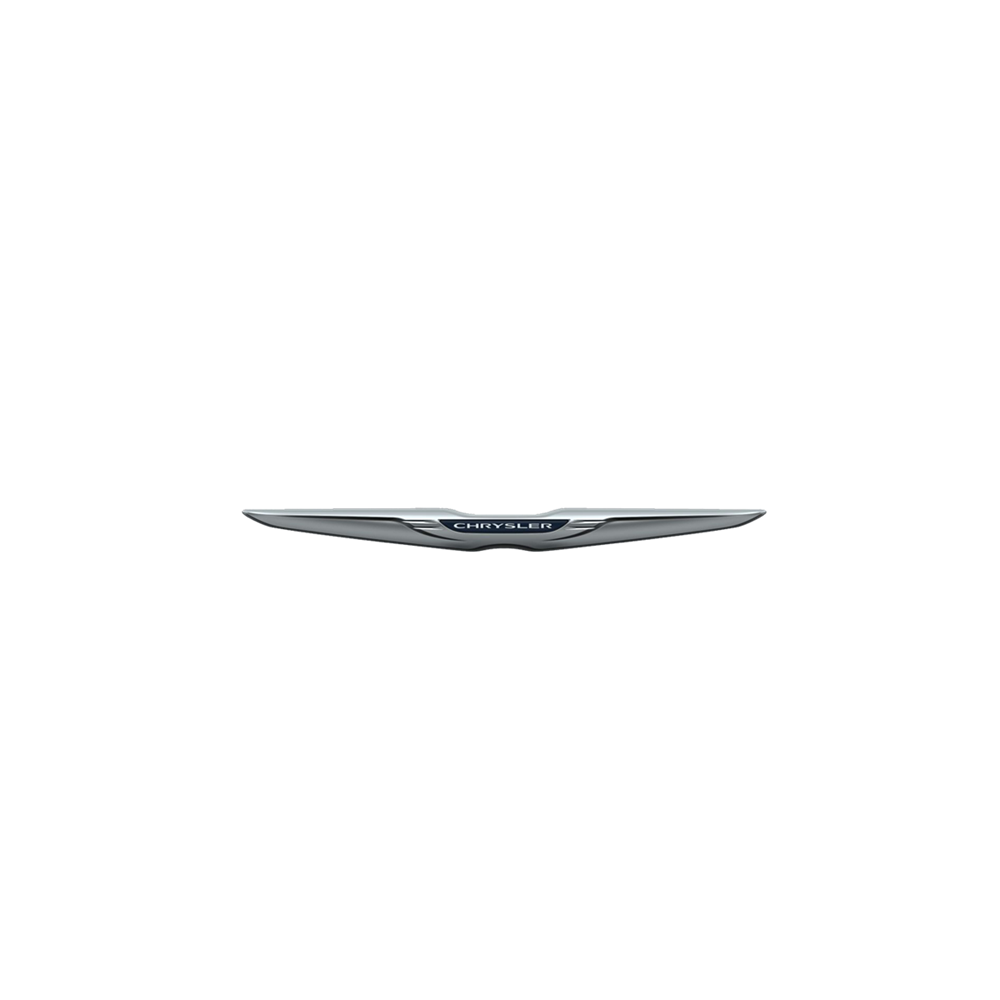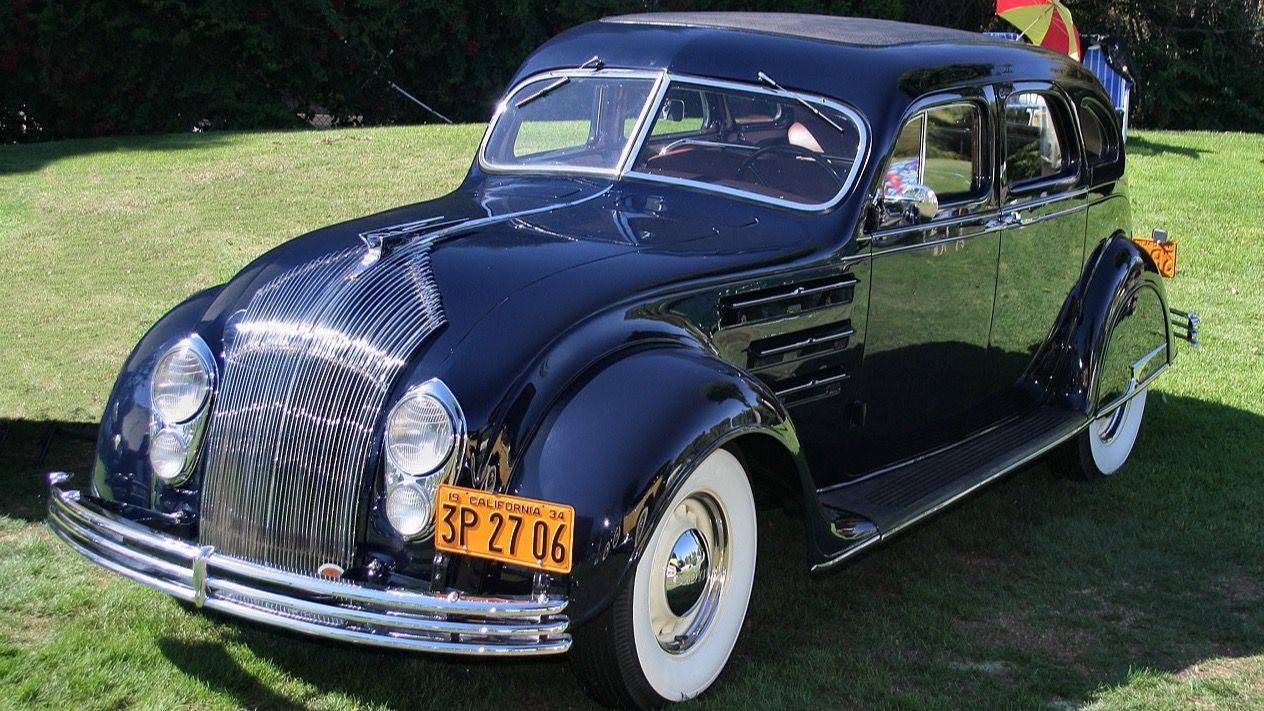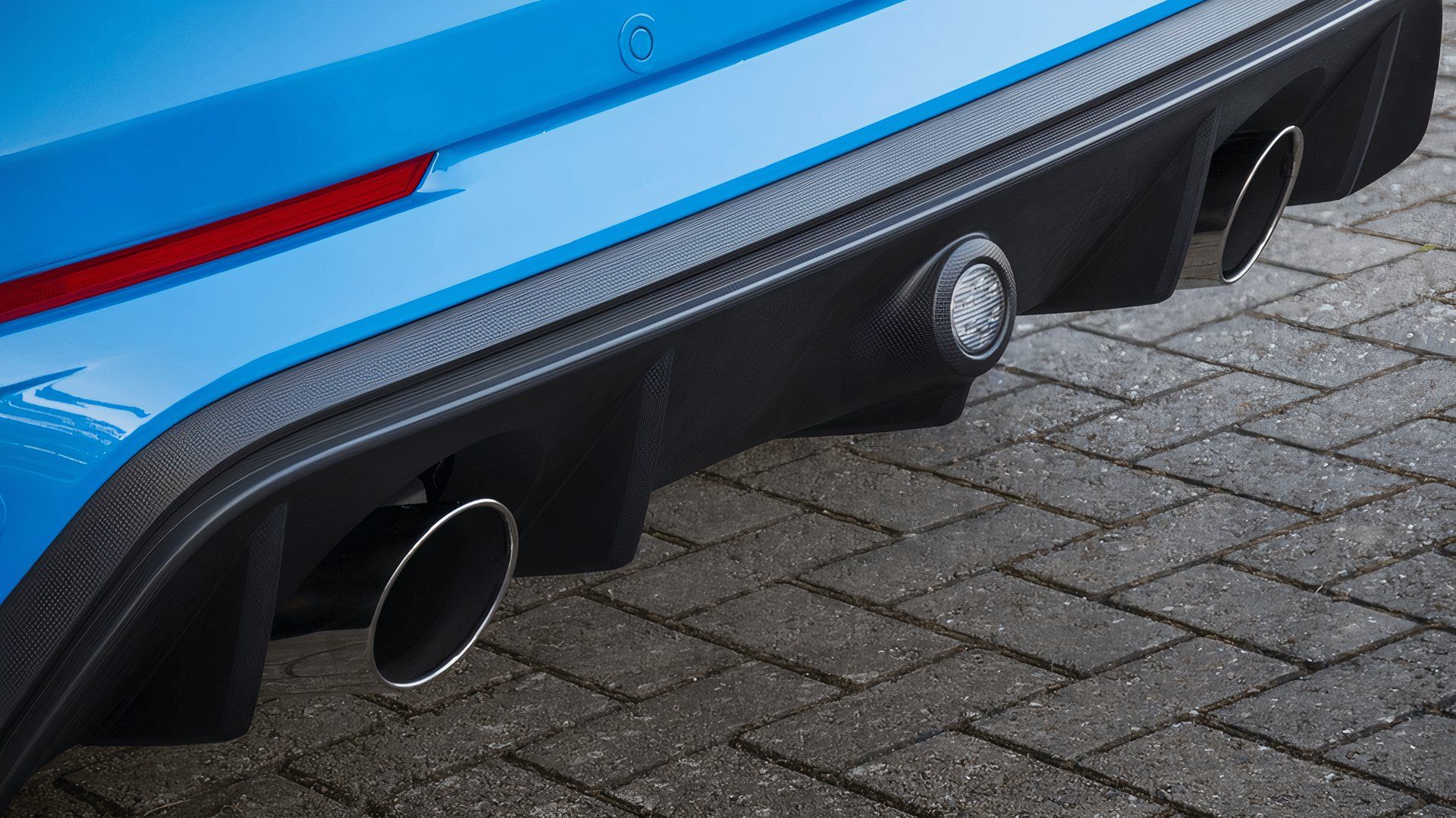With space exploration making strides, new medical breakthroughs, and economic prosperity, the 1960s were characterized by scientific innovation and optimism for the future. The automotive world was a part of this phenomenon: car ownership gained even more popularity, and technological advances laid the foundations for the modern vehicles we drive today. In keeping with the futuristic spirit of the era, Chrysler attempted to introduce a type of automotive propulsion technology it had been working on for about a decade: the turbine engine, which took inspiration from the world of aviation (the Jet Age, which had started in the early ’50s, was now in full swing).

Chrysler
Also known as FCA US, Chrysler is the American subsidiary of the global automotive company Stellantis. Historically, Chrysler has been one of the ‘Big Three’ American automakers. It was founded in 1925 by Walter Chrysler and merged with Daimler-Benz in 1998; the company was called DaimlerChrysler until its Chrysler stake was sold off less than a decade later. Chrysler operated on its own until Fiat S.p.A acquired it in 2014. When Stellantis was formed in 2021 after the merger of FCA and PSA, Chrysler became a subsidiary. With only a few models on sale in the US at present, Chrysler is one of the handful of automakers still producing minivans, with its Pacifica lineup.
- Founded
-
1925
- Founder
-
Walter Chrysler
- Headquarters
-
Michigan, United States
- Owned By
-
Stellantis
- Current CEO
-
John Elkann (temporary)
While jet engines were commonly found in planes by this point in time, they were not used to power cars; Chrysler was determined to change that with its turbine engine program. While the company experimented with turbine engines in various different models as part of the program over the years, one vehicle that used this propulsion method is the most widely remembered one: the Chrysler Turbine Car, 55 units of which were built in the mid-1960s. And it was nothing like the Chrysler 300 and Imperial models the automaker had on sale at the time. Let’s explore the history of this unusual car, its design, and the reasons why it never became a production model.
This feature focuses on the history of the Chrysler Turbine Car, produced between 1963 and 1964. Though Rover and GM also built turbine-powered concepts, no turbine cars are on sale today.
The Turbine Car’s Heart: The A-831 Engine
The engine that powered the Turbine Car was called the A-831; it was the fourth generation of engine Chrysler had produced as part of its turbine program. Before being installed in the Chrysler Turbine Car, the A-831 was first tested in a Plymouth Fury. The A-831 was very different from any combustion engine one might normally expect to find under the hood of a car; it had no pistons, crankshaft, or connecting rods, and did not need a radiator or cooling system. The engine idled between 18,000 and 22,000 rpm, and produced peak power (130 hp) at 36,000 rpm. According to Chrysler’s own Driver’s Guide, published to help testers come to grips with this unusual engine, the turbine’s maximum safe speed was 44,500 rpm.

Add CarBuzz to your Google News feed.
One of the A-831’s most interesting characteristics was that it could run on a wide variety of fuels: essentially, any substance with combustible properties (with the notable exception of leaded fuel, which would leave deposits that would have damaged the engine). Although the Driver’s Guide suggests kerosene and diesel, followed by unleaded gasoline mixed with diesel, as the preferred choices of fuel, Chrysler claimed the engine could run on anything “from peanut oil to Chanel No. 5”. Adolfo Lopez Mateos, then president of Mexico, successfully ran one of the cars on tequila after checking with the company’s engineering team that it would make a suitable fuel.
|
The Chrysler Turbine Car In Numbers |
|
|
Engine |
A-831 Turbine Engine |
|
Horsepower |
130 hp |
|
Torque |
425 lb-ft |
|
Transmission |
3-speed auto |
|
0-60 mph |
12 seconds |
|
Top Speed |
120 mph |
American Power, Italian Style: Collaboration Between Chrysler And Ghia
While Chrysler was responsible for the Turbine Car’s powertrain and mechanical components, its bodywork was the product of a collaboration between the Michigan company and legendary Italian design studio Ghia. Best known for its later work with Ford, which is now the firm’s owner, Ghia produced designs for several prominent manufacturers over the course of its century-long history, such as Fiat, Jaguar and Ferrari. Alfa Romeo‘s ultra-rare 1900C Supergioiello was also designed by Ghia.
In the case of the Turbine Car, the Ghia design studio did not create the design itself, which was the brainchild of Chrysler designer Elwood Engel, but was instead responsible for building the bodywork and upholstering the interior. The car’s bodies were put together in Ghia’s own facilities in Italy, then shipped over to Detroit where final assembly (including the installation of the powertrain, wiring, and additional electrical components) would take place in the Chrysler factory.
One defining visual characteristic of the Turbine Cars was their color: they were all finished in the same orange-brown shade, known as Turbine Bronze. (Chrysler would pay homage to this color in 2013, with the 300S Turbine Edition) The turbine engine served as inspiration for the car’s aesthetic: a futuristic, jet-age look with chrome bezels around the lights, brushed aluminum accents in the center console, and a bronze-hued interior that matched the car’s paint job.
Out On The Road: The Testing Program
Chrysler adopted an unusual approach to the development process of the Turbine Car; instead of conducting testing in-house through prototypes, kept under wraps until public release, the company chose to involve members of the public in its testing process. A total of 55 Turbine Cars were built between 1963 and 1964: five were kept by Chrysler, being exhibited at the 1964 World’s Fair and going on tour to promote the turbine program. The other fifty, meanwhile, were lent to members of the public to be driven and tested in real-world conditions.
The people chosen to test the new car were a mixed group in terms of geographical location, gender and age; most already owned a Chrysler. Each user was assigned a Turbine Car for three months, at no cost aside from fuel; the testing program lasted just under two and a half years, from October 1963 to January 1966. Over the course of this period, a combined total of over one million miles was driven in the Turbine Cars by 203 people.

Related
The American Car That Changed The Fundamentals Of Car Design
How the Chrysler Airflow helped shape the automotive industry forever.
When returning the car at the end of the testing period, each user was interviewed about the car’s performance and any issues they may have encountered. This helped Chrysler identify some of the Turbine Car’s problems, such as an overly elaborate eight-step starting procedure, malfunctions at higher altitudes, high noise levels, and poor fuel economy.
Why Did The Turbine Car Not Work Out?
The Turbine Car had several positives, including being able to start easily in cold conditions, requiring less maintenance due to fewer moving parts, and emitting fewer polluting particles such as unburned hydrocarbons. However, it also had several disadvantages which ultimately proved to be an insurmountable obstacle.
Its performance was lackluster, with poor acceleration; the turbine engine was also known for experiencing issues especially at higher altitudes. The procedure required to start the Turbine Car was far more complicated than that of a regular car, involving eight different steps; this was repeatedly cited as a negative by users in the testing program. Emissions were also a concern: while it’s true that, in some respects, turbine engines were less polluting than standard gas-powered ones, their nitrogen oxide emissions were very high, which made it impossible for Chrysler to comply with the recently-introduced Clean Air Act.

Related
Why Europe’s Emissions Laws Are A Bigger Deal To America Than You Think
New minimum standards are on their way for European cars and their emissions – and they might just cause headaches for the American market too.
The Turbine Car was not just the victim of its own mechanical shortcomings. It was also incompatible with leaded fuel, which was the most widely available type of fuel at the time; it wouldn’t begin to get phased out of the market until the 1970s, and remained in circulation until the early ’90s. This made the Turbine Car difficult to live with day to day compared to other models of the time. After the demise of the Turbine Car, Chrysler’s dream of powering its vehicles with turbine engines limped on for another decade and a half. Eventually, the whole program was shut down in 1979, when the company received a government loan on the condition that research on turbine engines be abandoned.
What Happened To The Turbine Cars?
In 1966, Chrysler set out to destroy all 55 cars that had been built for testing purposes, regardless of whether the model eventually went into production. As this production run never materialized, only nine Turbine Cars that escaped destruction have survived to the present day. Two of them remained in Chrysler’s possession, spending a few years on display at the now-defunct Walter P. Chrysler Museum in Auburn Hills, Michigan.
Six other cars have become museum pieces as well, being featured in the collections of prominent institutions such as the Smithsonian and the Henry Ford Museum. The last car was also originally owned by Chrysler and put on display at the Michigan museum, but later ended up becoming a part of Jay Leno’s private collection after he purchased it in 2008.
Sources: Chrysler, Dezos Manuals, HowStuffWorks, Way, TurbineCar, The Atlantic.









